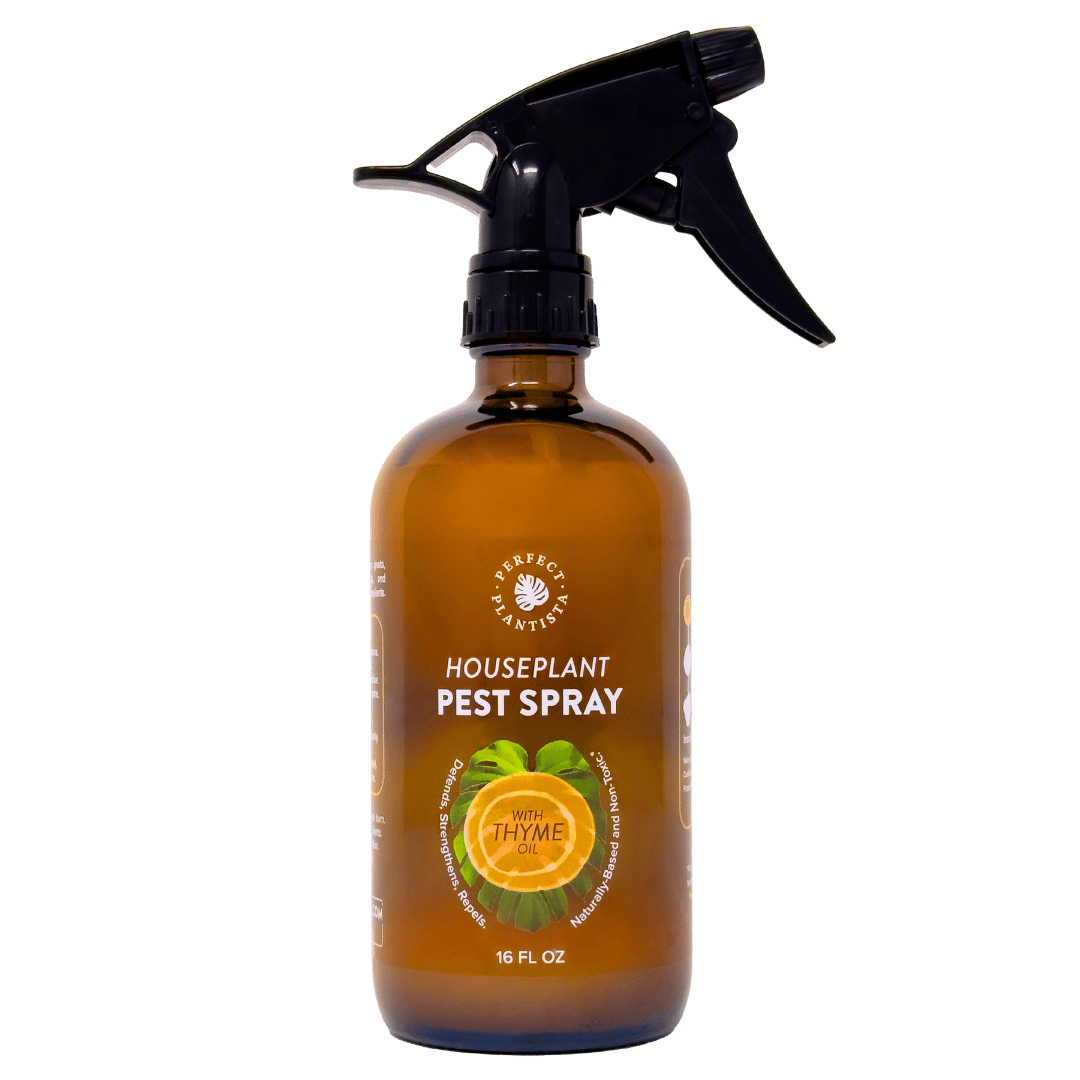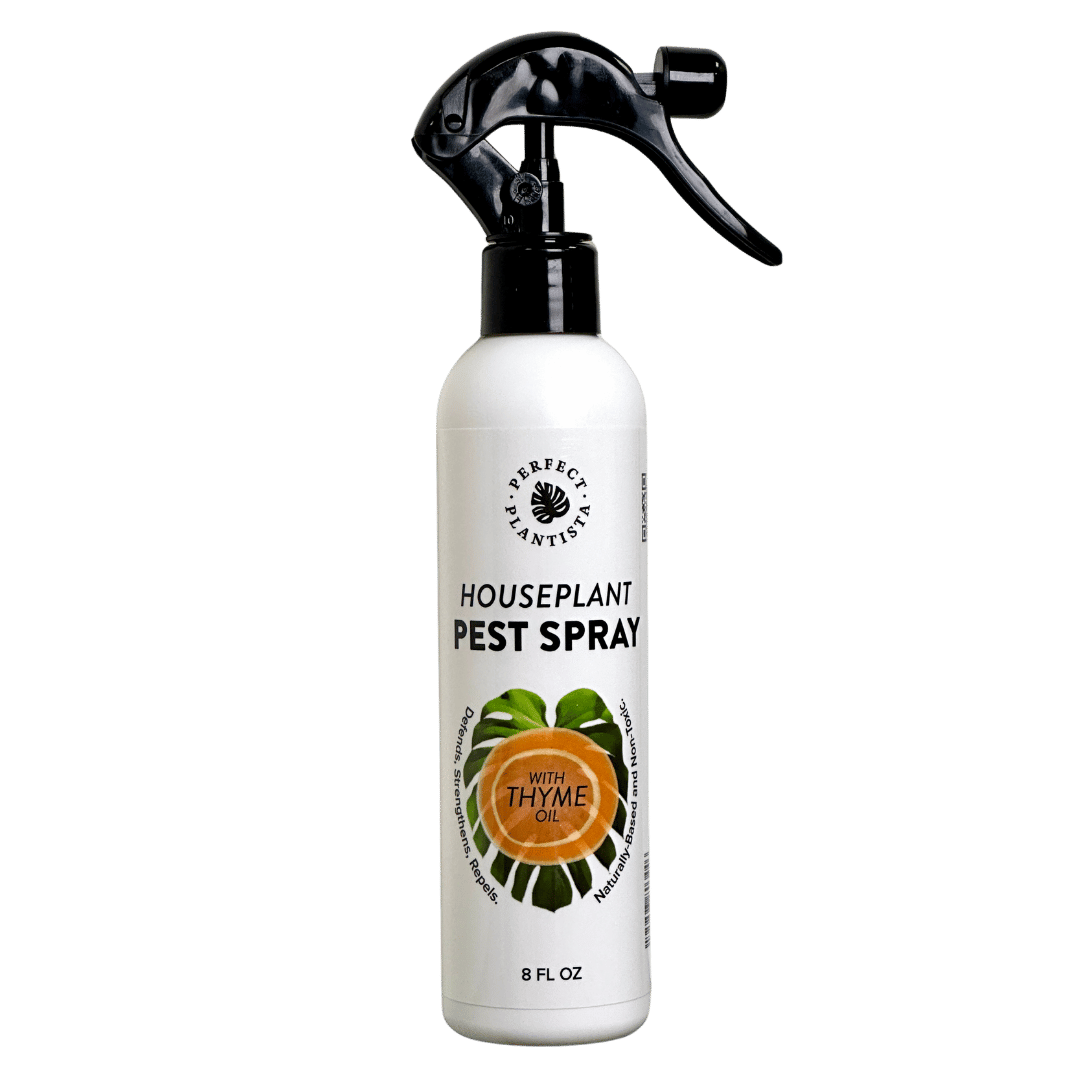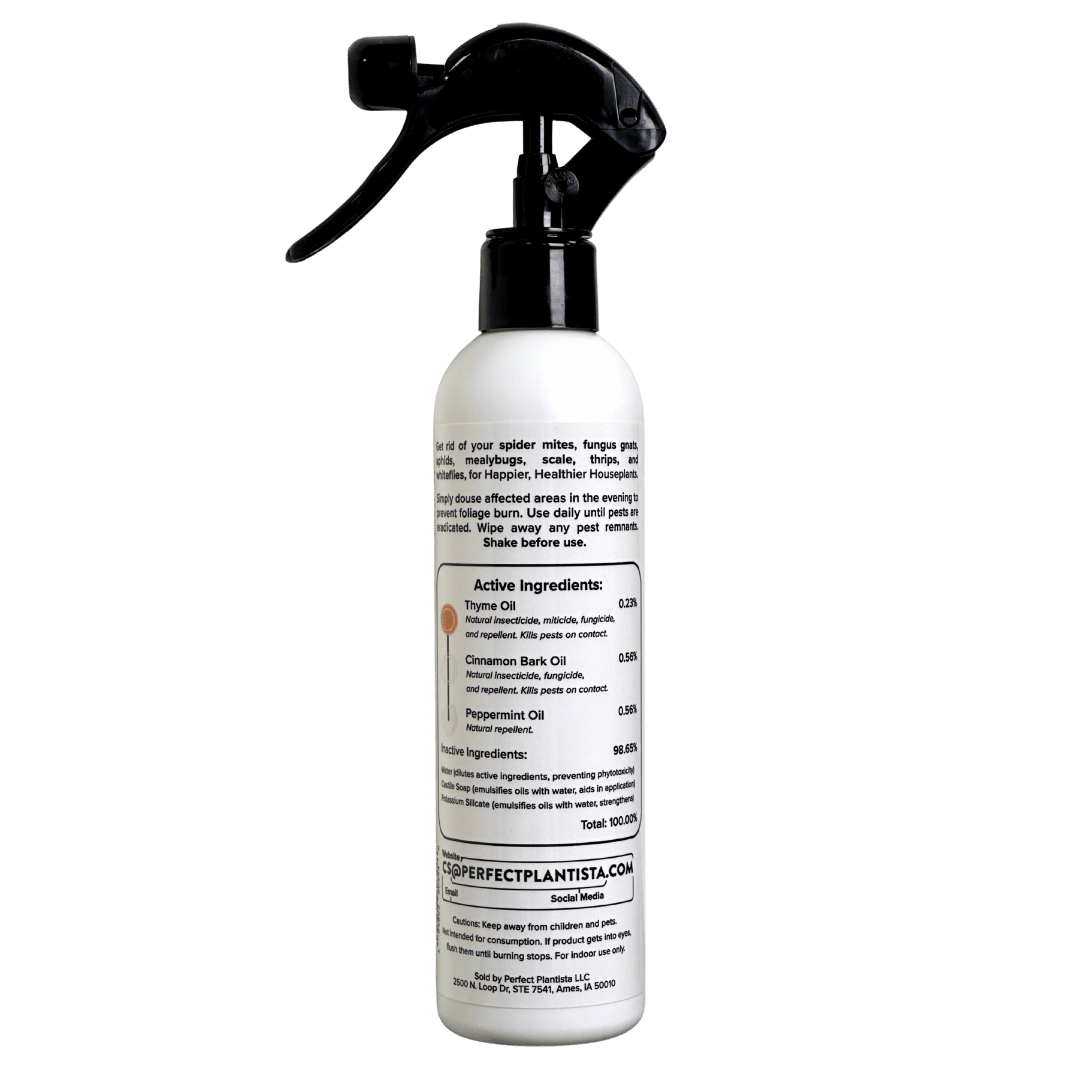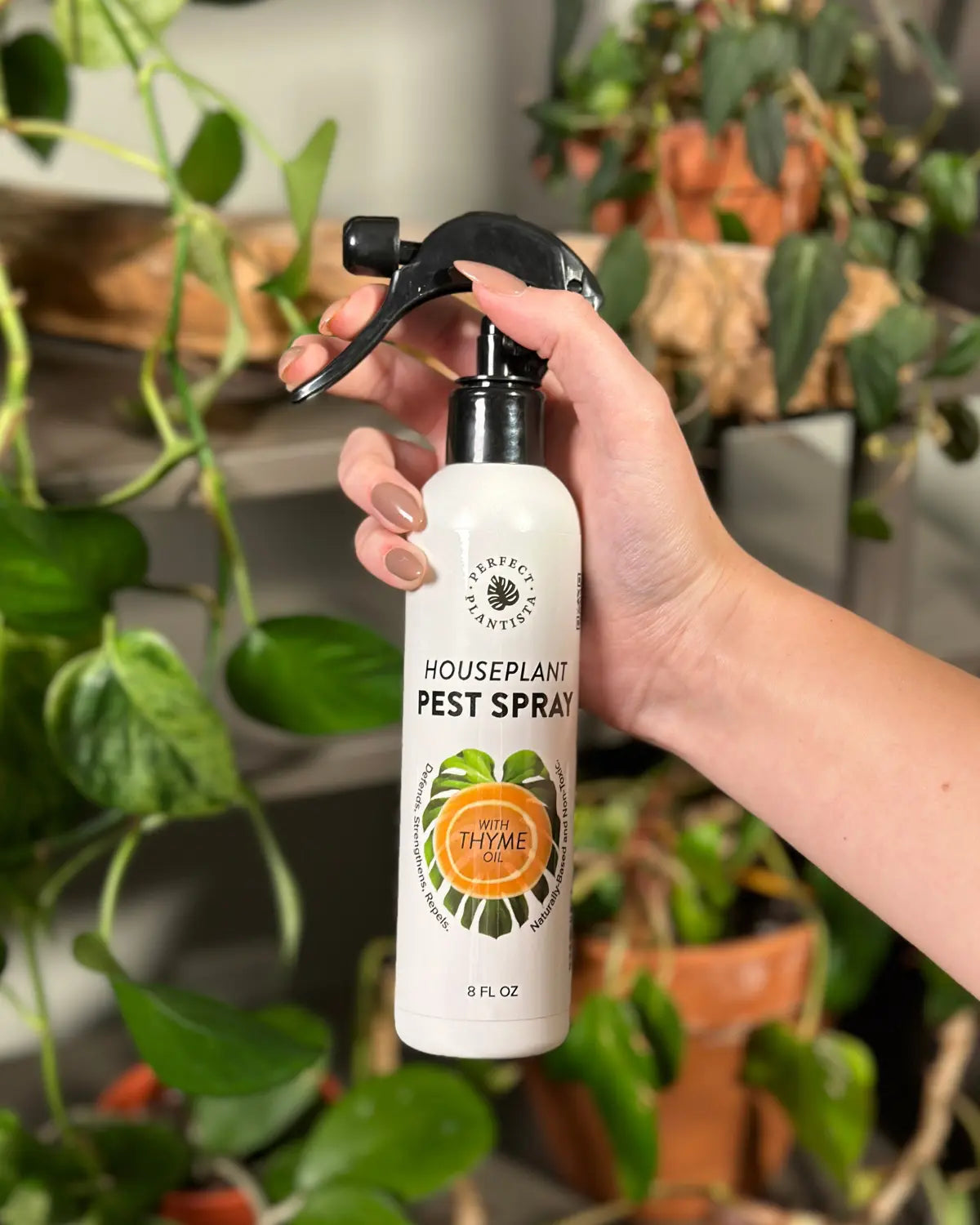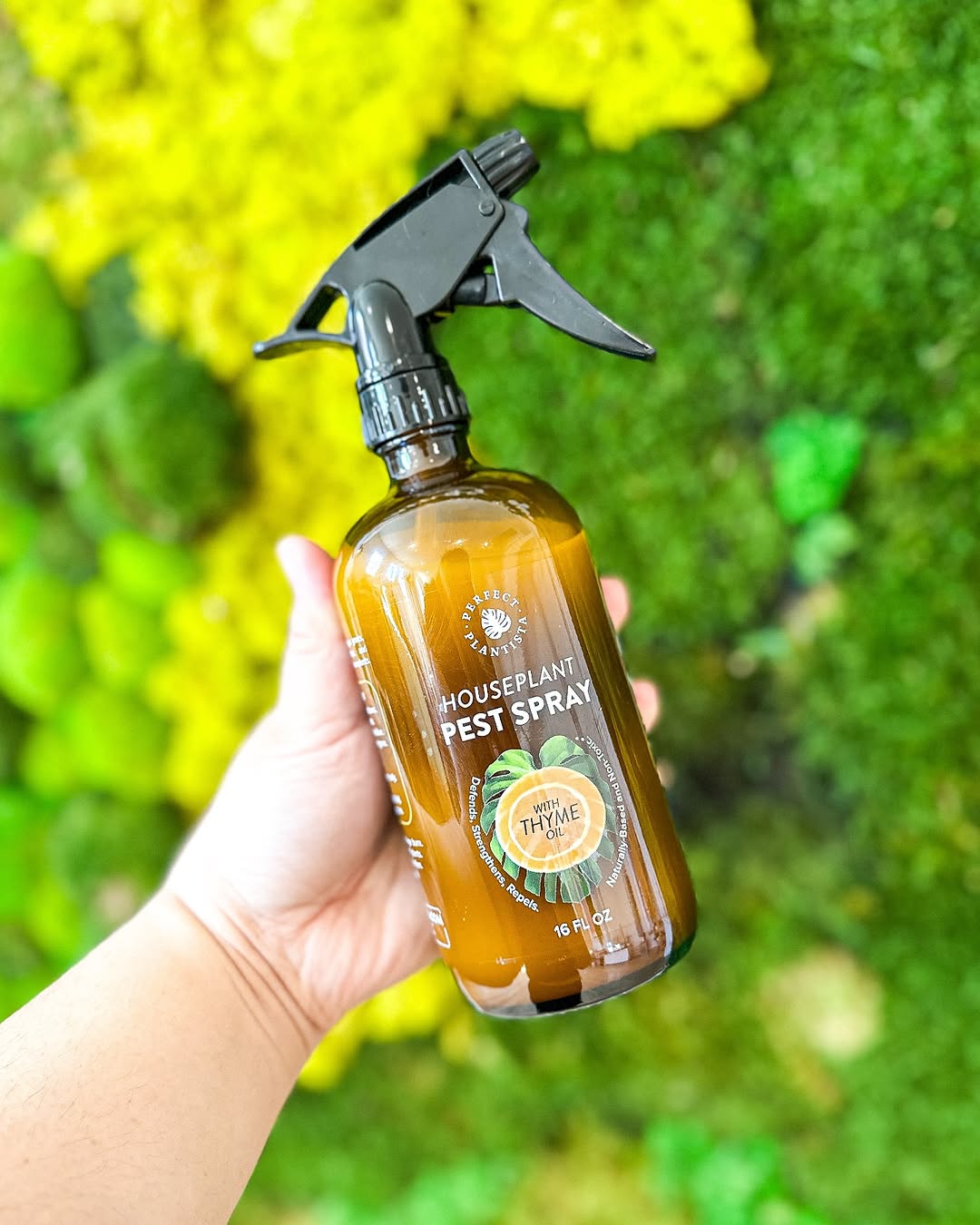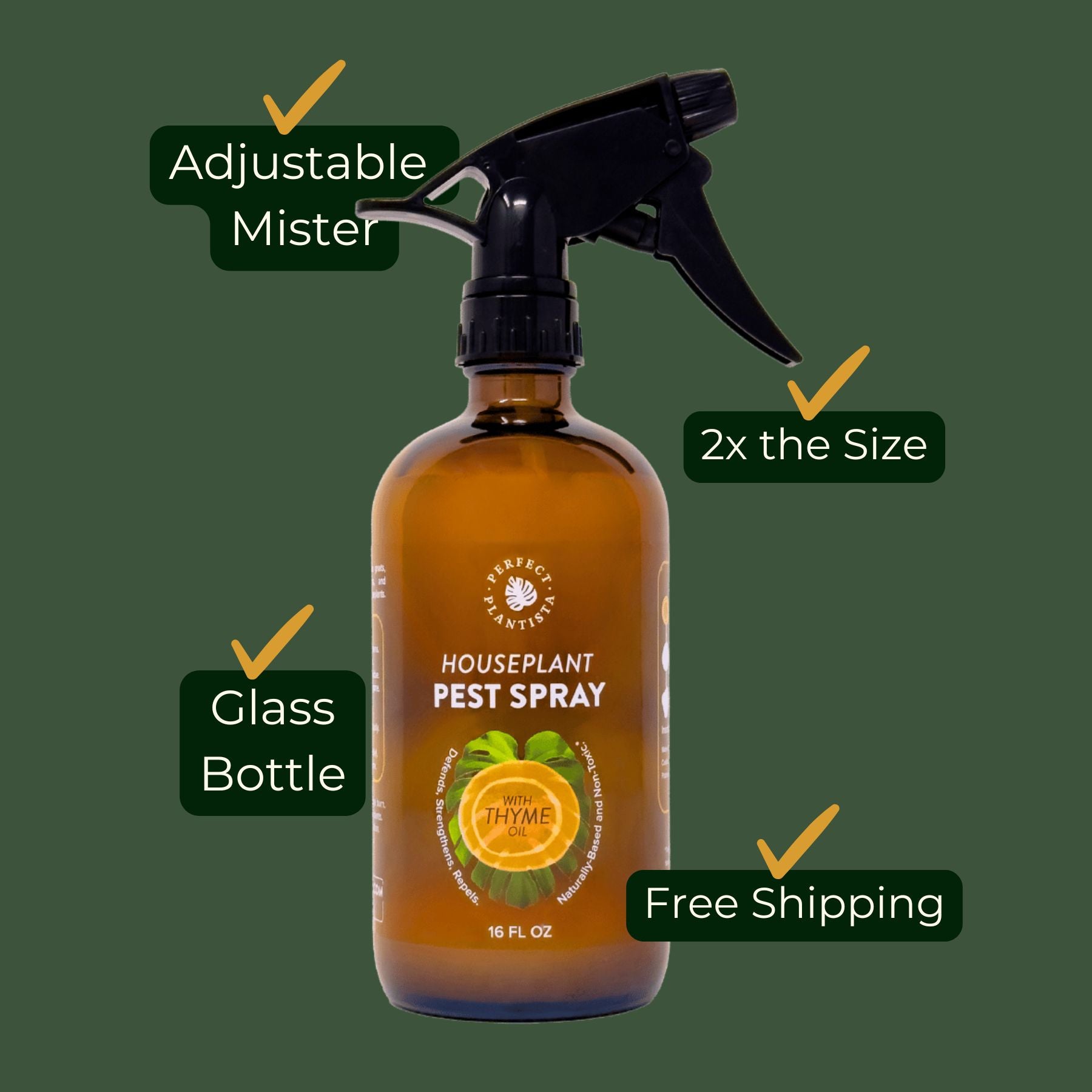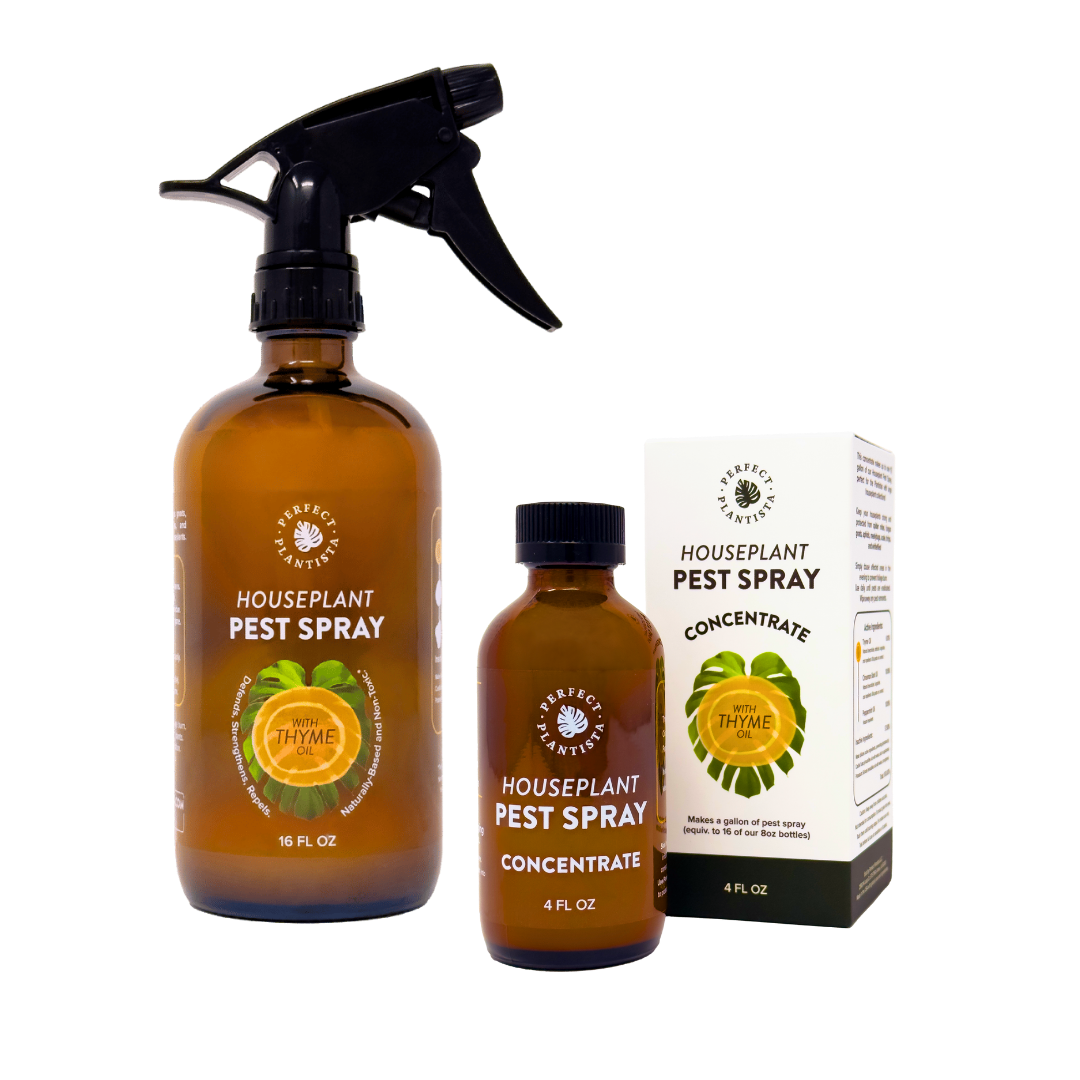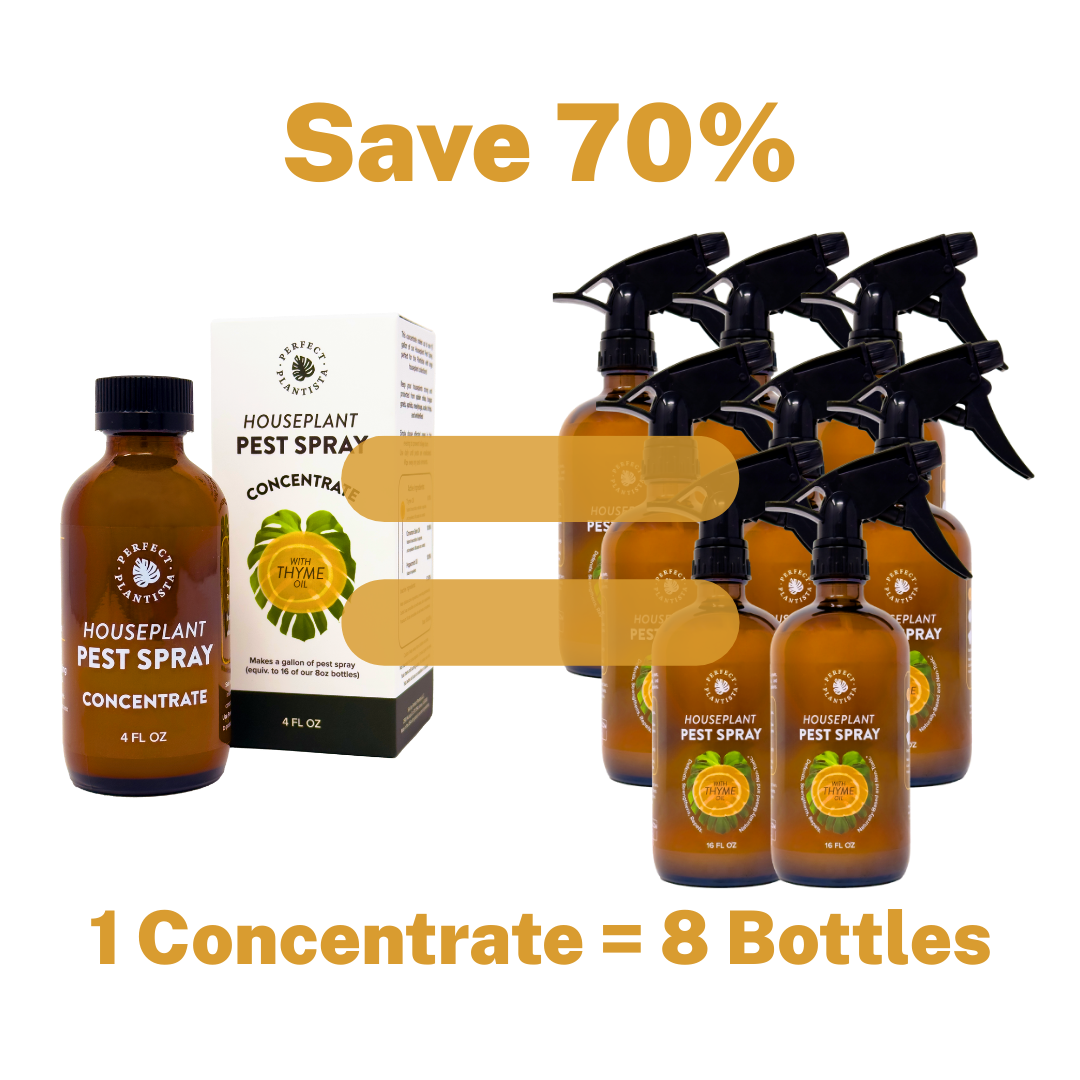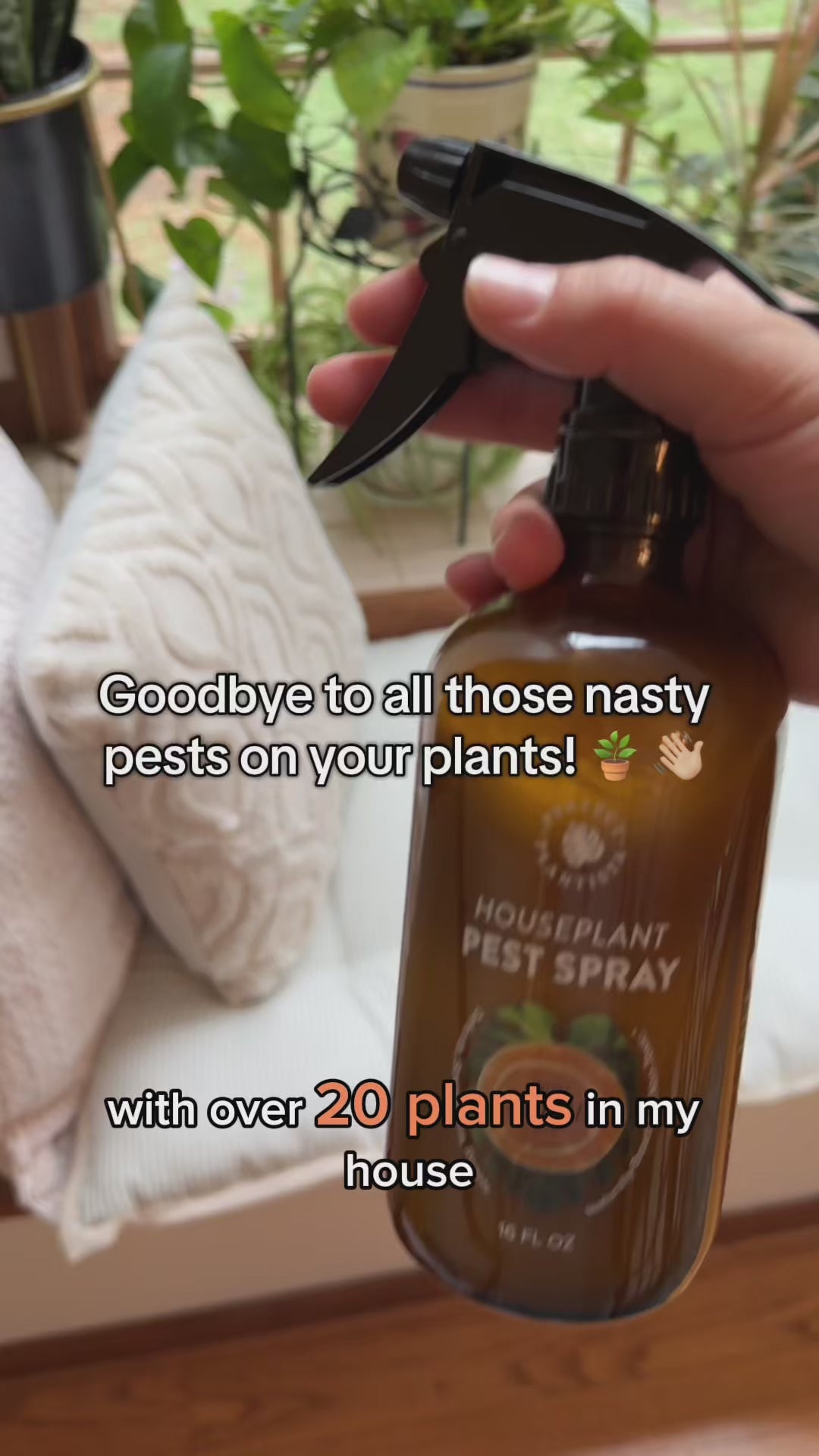A Guide to Houseplants Safe for Cats
As a devoted cat owner, you might be wary of the types of houseplants you can safely bring into your home. To help you create a pet-friendly indoor environment, we’ve compiled an extensive list of houseplants that are known to be safe for cats. For insights into plants to avoid, don't miss our detailed guide on plants toxic to cats, ensuring you're fully informed about both safe and hazardous options.
Safe Houseplants for Cats
Here’s a detailed list of houseplants that you can freely keep around your curious cats:
-
Spider Plant (Chlorophytum comosum): Easy to care for; thrives in indirect light and can tolerate some neglect. Be warned: it can make your cat experience hallucinations.
-
Boston Fern (Nephrolepis exaltata): Requires high humidity and indirect light; known for its lush, feather-like fronds.
-
Areca Palm (Dypsis lutescens): Prefers bright, indirect light; recognized for its air-purifying properties.
-
Bamboo Palm (Chamaedorea seifrizii): Ideal for shaded areas; helps purify indoor air.
-
Cast Iron Plant (Aspidistra elatior): Thrives in low light; robust and durable, perfect for busy or forgetful plant owners.
-
Blue Echeveria (Echeveria glauca): A drought-tolerant succulent that needs minimal watering and bright light.
-
Parlor Palm (Chamaedorea elegans): Grows slowly and is ideal for low-light conditions in cooler climates.
-
Haworthia: A small, rosette-forming succulent that is perfect for small spaces and less frequent watering.
-
Christmas Cactus (Schlumbergera): Blooms in winter; requires bright, indirect light and occasional watering.
-
Peperomia: Offers a wide range of varieties; generally prefers indirect light and moderate watering.
-
African Violet (Saintpaulia): Flourishes in moderate to bright indirect light; keep soil moderately moist.
-
Calathea: Decorative leaves that move from day to night; thrives in low to medium light with high humidity.
-
Swedish Ivy (Plectranthus verticillatus): Fast-growing; prefers bright indirect light and slightly moist soil.
-
Venus Flytrap (Dionaea muscipula): A fascinating plant that's safe for pets and fun to watch; requires distilled water and plenty of light.
-
Ponytail Palm (Beaucarnea recurvata): Stores water in its thick trunk; prefers dry conditions and bright light.
-
Rattlesnake Plant (Calathea lancifolia): Known for its wavy leaf edges; enjoys humidity and indirect light.
-
Watermelon Peperomia (Peperomia argyreia): Characterized by its unique watermelon-like striped foliage; prefers medium to bright light.
-
Polka Dot Plant (Hypoestes phyllostachya): Adds a splash of color with its spotted leaves; best in medium light and consistent moisture.
-
Money Tree (Pachira aquatica): Believed to bring good luck; thrives in bright, indirect light and moderate watering.
-
Orchids (Orchidaceae): Elegant and exotic; requires indirect light and high humidity.
Safe Plant Care with Perfect Plantista’s Houseplant Pest Spray
For those using plant care products, Perfect Plantista’s Houseplant Pest Spray is designed to be safe for cats, offering peace of mind while keeping your plants pest-free.
How to Apply Safely:
- Ensure Good Ventilation: Always use the spray in well-ventilated areas to prevent your cat from inhaling any spray mist.
- Direct Application: Spray directly onto the leaves of your houseplants, ensuring that the spray has dried completely before allowing your cat back into the area.
- Monitor for Symptoms: Even though our spray is designed to be safe for cats, always watch for any signs of distress and consult a veterinarian if you observe any unusual behavior.
Conclusion
Understanding which plants are safe for cats and using appropriate plant care products can significantly enhance the safety of your beloved pets. If you're concerned about why your cat is eating your plants, consider providing safer alternatives like cat grass that satisfy their natural grazing instinct without the risk. If you're also interested in which plants to avoid, be sure to check out A Guide to Houseplants Toxic to Cats for comprehensive safety at home.
Disclaimer
This blog is intended for informational purposes only and is not a substitute for professional veterinary advice. Always consult with a veterinarian regarding the health and safety of your pets, particularly before using any new products around them. The suggestions and information provided in this blog are based on general knowledge and should not be considered as specific advice tailored to individual pets.

